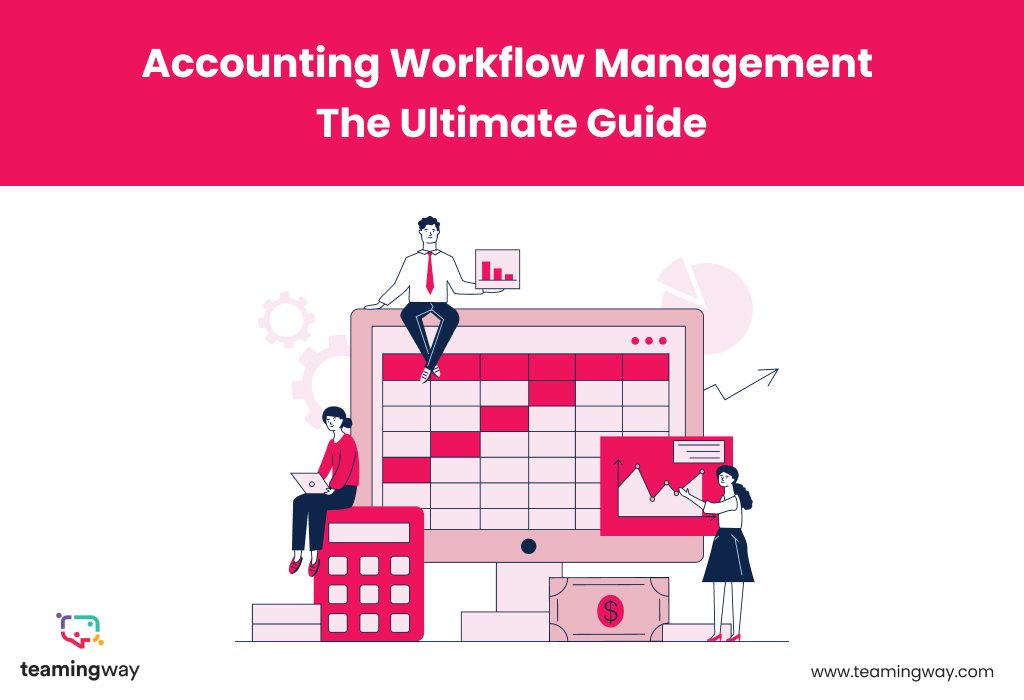
As an accounting professional, you know how important it is to protect your client’s sensitive financial information. With cyber threats on the rise, it’s essential to take proactive steps to safeguard your client’s data and your reputation. That’s where a Written Information Security Plan (WISP) comes in.
In this blog post, we’ll explore what a WISP means for accounting firms and provide a step-by-step guide to help you develop a comprehensive plan that meets legal requirements and provides effective data security.
Understanding the WISP for Accounting Firms
WISP stands for Written Information Security Plan. And it’s a legal requirement in many jurisdictions for accounting firms to have one in place. A WISP is a comprehensive document that outlines the administrative, technical, and physical safeguards your firm has in place to protect your client’s sensitive financial information.
Developing a WISP for Accounting Management
It’s crucial to take proactive steps to safeguard your clients’ financial data and your firm’s reputation. And developing a WISP specifically for accounting management is one of the most effective ways to achieve this. While the prospect of creating a WISP may seem daunting, it’s worth noting that the rewards are worth it. Here’s a step-by-step guide to help you get started:

Step 1: Assess Your Risks
The first step in developing a WISP is to assess your risks. Identify the types of data you collect and store, and evaluate the potential risks and vulnerabilities associated with each one. This may include financial statements, tax returns, social security numbers, and other sensitive information. Once you have a clear understanding of the types of data handled, you can then build a robust security framework.
For instance, do you store this information on a cloud server, and if so, how secure is that server? Are your employees using secure passwords, and do they understand the risks associated with phishing attacks? Do you have a plan in place to prevent unauthorized access to your office space and the data contained within? By conducting a thorough risk assessment, you can identify potential weaknesses and create policies and procedures to mitigate those risks.
This process is crucial to creating a comprehensive WISP that will effectively protect your client’s data and your firm’s reputation.
Step 2: Develop Policies and Procedures
Once you’ve identified your risks, you can start developing policies and procedures to mitigate those risks. This may include developing policies around data access, data retention, and data disposal. Such as, you may create policies around data access that require employees to use strong passwords and limit access to sensitive information to only those who need it. You may also establish policies around data retention that dictate how long you’ll store certain types of information and when it’s appropriate to dispose of that data securely.
Additionally, you may create policies around data disposal that outline how you’ll securely delete or destroy data when it’s no longer needed. By developing policies and procedures, you create a roadmap for your team to follow that will help protect and prevent potential threats.
Step 3: Implement Technical Safeguards
Implementing technical safeguards is an essential part of your WISP. This may include using firewalls, antivirus software, and other security measures to protect your network and data from cyber threats. Technical safeguards can help you detect and prevent unauthorized access, cyberattacks, and other security breaches, providing an additional layer of protection for your client’s data.
Implementing these measures requires a thorough understanding of your network architecture and data flow, as well as an assessment of potential threats and vulnerabilities that could compromise your data security. By implementing technical safeguards, you can significantly reduce the risk of data breaches and ensure the confidentiality, integrity, and availability of your client’s sensitive data.
Step 4: Establish Physical Security Measures
In addition to technical safeguards, you’ll also need to establish physical security measures to protect your client’s data. This may include securing your office by installing security cameras and access control systems, locking filing cabinets or rooms, and limiting access to sensitive information only to authorized personnel.
Hence, it’s important to ensure that any portable storage devices, such as external hard drives or USB drives, are kept in secure locations when not in use. By implementing physical security measures, you can minimize the risk of physical theft or loss of important data.

Step 5: Train Your Staff
To ensure that your WISP is effective, it’s important to train your staff on the policies and procedures you have put in place. Training should include educating staff on the risks associated with data breaches, identifying suspicious activity, and responding to potential threats.
You should also provide regular updates and refresher training to keep your staff up-to-date on any changes to your WISP or new threats that may arise. By providing comprehensive training, you can help ensure that your staff is equipped to implement your WISP effectively and help protect your client’s sensitive financial information.
Step 6: Regularly Review and Update Your WISP
Regular review and updates are critical aspects of maintaining an effective WISP. Cybersecurity is an ongoing battle, and keeping up with the latest security measures is essential to ensure your plan’s effectiveness.
As part of your review process, you should evaluate any changes to your business operations or the types of data you handle and adjust your policies and procedures accordingly. You should also conduct regular risk assessments and vulnerability testing to identify any weaknesses in your data security measures.
Step 7: Work with a professional
Working with a professional data security expert can offer several advantages when developing a comprehensive WISP for your accounting business. Not only do they have the expertise to assess your risks and identify potential vulnerabilities, but they can also help you develop policies and procedures that meet legal requirements and provide effective data security.
As working with a pro allows for a personalized WISP that can effectively safeguard your business against cyber threats.
Conclusion
In conclusion, if you want to keep your accounting business’s data secure, a WISP is the way to go. Don’t be caught off guard by cyber threats or leave your client’s information vulnerable to attacks.
Take time to assess your risks, develop policies, and implement technical/physical safeguards, to ensure your data remains safe and sound.
Plus, think of it this way: a WISP is like a superhero cape for your business, protecting you from the nefarious villains of the cyber world. So, go forth, my accounting friends, and embrace the power of the WISP.









